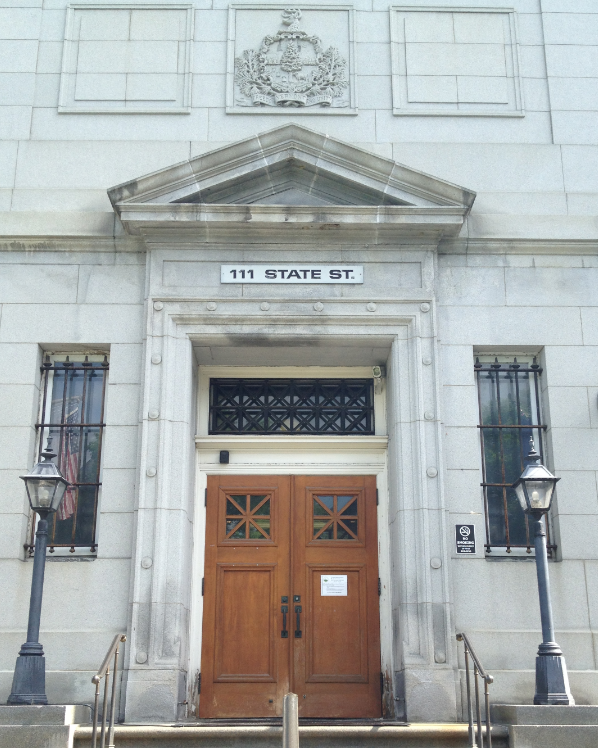SKOGLUND, J. Defendant appeals the decision denying his motions
for judgment of acquittal and new trial and the judgment finding him guilty of
excessive speed and negligent operation of a vehicle. Both the State and defendant presented their own accident
reconstructionist, each of whom used different formulas and inputs for
determining defendant’s maximum speed. The judge found defendant guilty but did
not rely entirely on either of the experts’ formulas or their inputs. After the
judge explained his methodologies from the bench, defendant filed motions for
judgment of acquittal and, alternatively, a new trial. The court denied both
motions, and this appeal followed.
Defendant argues that the judge relied upon evidence not
introduced at trial and that the evidence presented was insufficient to sustain
a conviction. We agree that the evidence was insufficient and therefore reverse
the trial court’s denial of defendant’s motion for acquittal.
The unusual record
before us lays out three distinct configurations of the evidence: that of the
prosecution, that of defendant, and that of the trial judge. The judge took
pieces of each expert’s data and formulas, and supplemented them with his own
estimates and calculations based on the Pythagorean Theorem, ultimately
determining that defendant’s top speed was between seventy-five and eighty-four
miles per hour.
We first agree with the
judge that both experts failed in their proffered attempts at calculating
defendant’s speed; thus, defendant’s convictions could not be supported by
substantial evidence on the basis of either of those theories.
Findings by a
judge-as-factfinder on issues other than the ultimate question of guilt are
subject to the “clearly erroneous” standard of review. The trial judge’s
calculation of defendant’s speed is a factual conclusion. A factfinder “may
draw rational inferences to determine whether disputed ultimate facts
occurred,” but those inferences “must add up to more than mere suspicion,” and
“the [factfinder] cannot bridge evidentiary gaps with speculation.”
Other courts have
condoned a factfinder’s use of the Pythagorean Theorem, but only where there
existed reliable evidence of a right angle and the measurements of the two
shorter sides of the triangle were sufficiently reliable and precise, based on
admitted evidence. We conclude that the judge impermissibly “bridge[d]
evidentiary gaps with speculation,” rendering his calculation of defendant’s
speed unsound.
PROOF:
The judge attempted to determine the time defendant took to travel 316. 8 feet by first calculating the distance Mr. Yee traveled at 12 miles per hour during that same time. The judge calculated this distance by applying the Pythagorean Theorem to nearby points labeled on the State’s diagram of the intersection. But the diagram was not to scale. There was no evidence of a right angle. The judge’s measurement of at least one of the shorter sides of the triangle was thus conjecture.
The judge attempted to determine the time defendant took to travel 316. 8 feet by first calculating the distance Mr. Yee traveled at 12 miles per hour during that same time. The judge calculated this distance by applying the Pythagorean Theorem to nearby points labeled on the State’s diagram of the intersection. But the diagram was not to scale. There was no evidence of a right angle. The judge’s measurement of at least one of the shorter sides of the triangle was thus conjecture.
Even though he used an
accepted mathematical formula, the judge relied upon unfounded assumptions
about the lengths and orientations of the two shorter sides of his purported
right triangle, and therefore arrived at a clearly erroneous conclusion as to
the length of the third side, the judge’s conclusions as to speed were
therefore clearly erroneous.
Reversed and remanded for entry of a judgment of acquittal on the charges of excessive speed and negligent operation.


